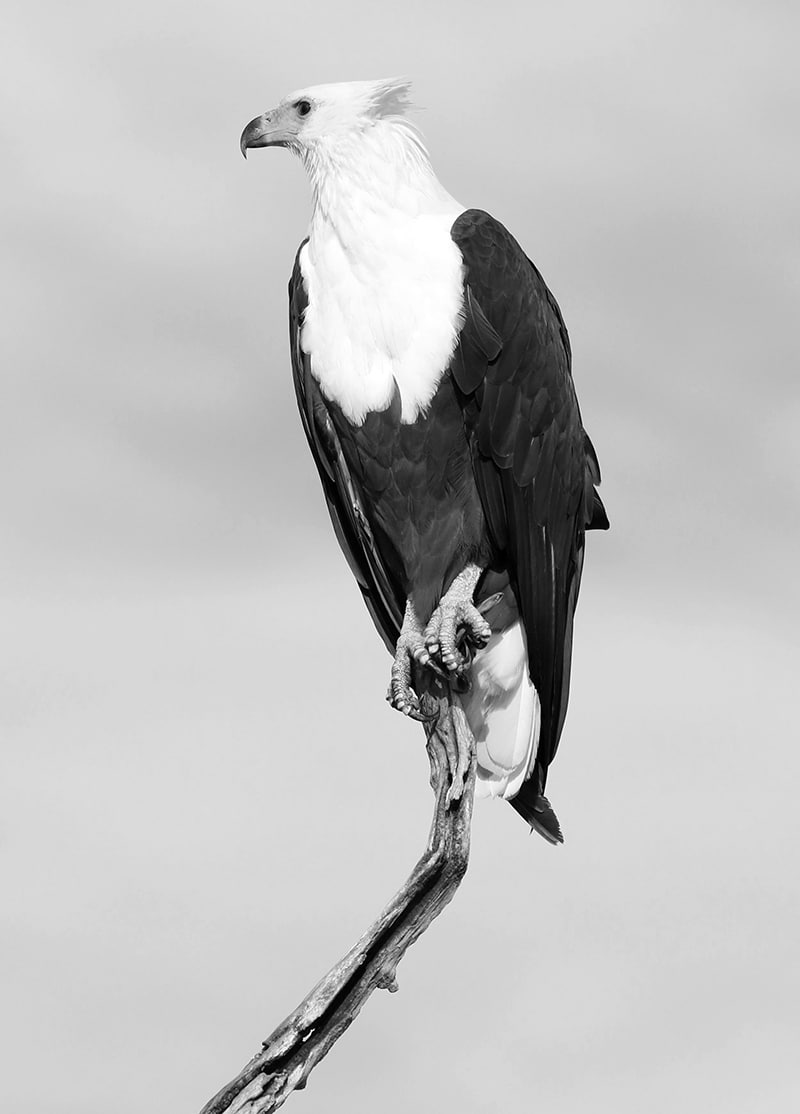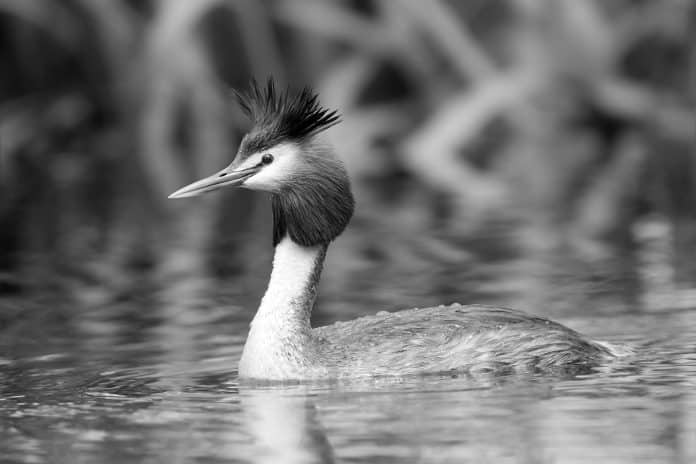The Great Crested Grebe in Tanzania: An Enchanting Waterbird Species Worth Discovering
Introduction to the great crested grebe in Tanzania
The great crested grebe (Podiceps cristatus) is a fascinating waterbird species that can be found in various parts of the world, including Tanzania. With its striking appearance and unique behavior, the great crested grebe has captured the attention of bird enthusiasts and nature lovers alike. In this article, we will explore the habitat, distribution, physical characteristics, behavior, breeding habits, and conservation status of the great crested grebe in Tanzania. Additionally, we will provide tips for birdwatching and photographing this captivating species, as well as discuss the importance of responsible ecotourism in preserving its population.
Habitat and distribution of the great crested grebe in Tanzania
The great crested grebe is commonly found in freshwater habitats, such as lakes, reservoirs, and marshes. In Tanzania, this remarkable species can be observed in various locations, including the famous Lake Victoria, Lake Tanganyika, and Lake Manyara. These expansive bodies of water provide an ideal environment for the great crested grebe, as they offer an abundance of food sources, nesting sites, and protection from predators.
Physical characteristics and behavior of the great crested grebe
The great crested grebe is a medium-sized waterbird with a distinctive appearance. It has a long, slender neck, a black crown with a prominent crest, and a white face and throat. Its body is mostly dark brown, with a white belly and a reddish-brown neck during the breeding season. One of the most remarkable features of the great crested grebe is its ability to swim and dive underwater. It has specially adapted feet that are positioned far back on its body, enabling it to propel itself underwater with remarkable agility.
In terms of behavior, the great crested grebe is known for its elaborate courtship displays. During the breeding season, males and females engage in a mesmerizing ritual, where they perform synchronized swimming, head-shaking, and various other movements to establish their bond. This behavior not only strengthens the pair’s relationship but also serves as a visual spectacle for observers. The great crested grebe is also an excellent swimmer and diver, spending a significant amount of time fishing underwater. It primarily feeds on fish, crustaceans, and aquatic insects, using its sharp bill to catch its prey.
Breeding habits and mating rituals of the great crested grebe
The breeding habits of the great crested grebe are truly remarkable. Once a pair has formed, they construct a floating nest made of plant material, such as reeds and water lilies. The nest is anchored to underwater vegetation or floating debris to ensure stability. The female usually lays a clutch of 3 to 4 eggs, which both parents take turns incubating. After an incubation period of approximately 3 weeks, the eggs hatch, and the parents continue to care for the chicks. The young grebes are born with downy feathers and are capable of swimming and diving shortly after hatching. The parents provide them with food and protection until they are old enough to fend for themselves.
Conservation status and threats to the great crested grebe population in Tanzania
The great crested grebe is classified as a species of least concern on the IUCN Red List of Threatened Species. However, like many other bird species, it faces various threats to its population. Habitat loss due to human activities, such as the draining of wetlands and the pollution of water bodies, poses a significant risk to the great crested grebe. Additionally, disturbance from recreational activities and the introduction of invasive species can disrupt their breeding and feeding habits. It is crucial to raise awareness about the importance of preserving the habitats of the great crested grebe and implementing conservation measures to ensure their long-term survival.
Best locations for birdwatching and observing great crested grebes in Tanzania

If you are a birdwatching enthusiast or simply appreciate the beauty of nature, Tanzania offers several prime locations for observing the great crested grebe in its natural habitat. Lake Victoria, the largest lake in Africa, is an excellent spot for birdwatching, with its expansive waters providing a haven for a wide variety of bird species, including the great crested grebe. Lake Tanganyika, known for its crystal-clear waters and rich biodiversity, is another fantastic destination for observing these captivating waterbirds. Lake Manyara, located at the foot of the Great Rift Valley, is renowned for its abundant birdlife and is a must-visit for any birdwatching enthusiast.
Tips for photographing the great crested grebe in Tanzania
Photographing the great crested grebe in Tanzania can be a rewarding experience, as it allows you to capture the beauty and unique behavior of this remarkable waterbird species. To increase your chances of capturing stunning photographs, consider the following tips:
- Be patient: The great crested grebe is a shy and cautious bird, so it may take some time for them to get used to your presence. Spend time observing their behavior and movements to anticipate the best moments for photography.
- Use a telephoto lens: A telephoto lens will allow you to capture detailed shots of the great crested grebe from a distance without disturbing their natural behavior. It will also enable you to focus on their intricate plumage and captivating rituals.
- Experiment with different angles: Get creative with your composition by trying different angles and perspectives. Capture the great crested grebe in action, whether it’s diving underwater, displaying its crest, or interacting with its mate.
- Pay attention to lighting: The right lighting can make a significant difference in your photographs. Early morning and late afternoon light tend to be the most favorable, as they provide a warm and soft glow that enhances the colors and textures of the great crested grebe.
Other bird species found in the same habitat as the great crested grebe in Tanzania
Tanzania is a birdwatcher’s paradise, offering a diverse range of bird species that coexist with the great crested grebe in its habitat. Some of the notable bird species found in the same areas include the African fish eagle, the pink-backed pelican, the African jacana, and the African spoonbill. These birds exhibit their own unique behaviors and characteristics, adding to the richness and diversity of Tanzania’s avian population.

The importance of ecotourism and responsible birdwatching in preserving the great crested grebe population
Ecotourism and responsible birdwatching play a crucial role in the conservation of the great crested grebe population in Tanzania. By promoting sustainable tourism practices, such as minimizing disturbance to their habitats, supporting local conservation initiatives, and raising awareness about the importance of preserving biodiversity, we can contribute to the long-term survival of this enchanting waterbird species. It is essential to respect their natural environment, adhere to designated observation areas, and ensure that our presence has minimal impact on their behavior and breeding patterns.
Conclusion: Why the great crested grebe in Tanzania is a must-see for bird enthusiasts
In conclusion, the great crested grebe in Tanzania is a captivating waterbird species that offers a unique and enchanting birdwatching experience. With its striking appearance, elaborate courtship rituals, and remarkable diving abilities, the great crested grebe has become a favorite among bird enthusiasts. Tanzania’s diverse range of habitats, including its majestic lakes, provides an ideal environment for observing and photographing this remarkable species. However, it is essential to engage in responsible ecotourism practices to ensure the long-term survival of the great crested grebe and its fellow avian inhabitants. So, pack your binoculars and camera and embark on a journey to discover the beauty of the great crested grebe in Tanzania, a destination that will undoubtedly leave you in awe of nature’s wonders.
For more articles related to Wildlife in Tanzania (Animals), click here!

































